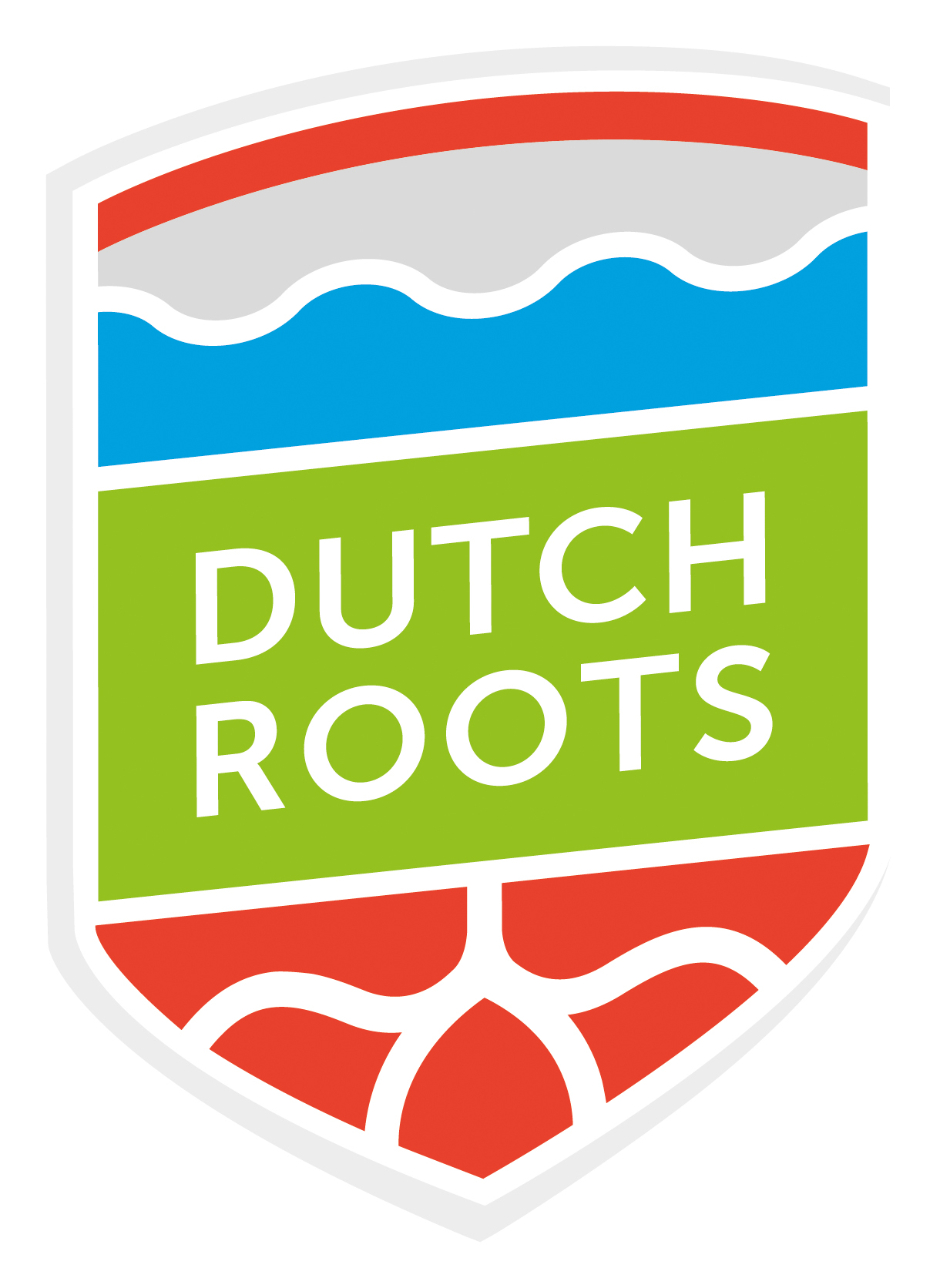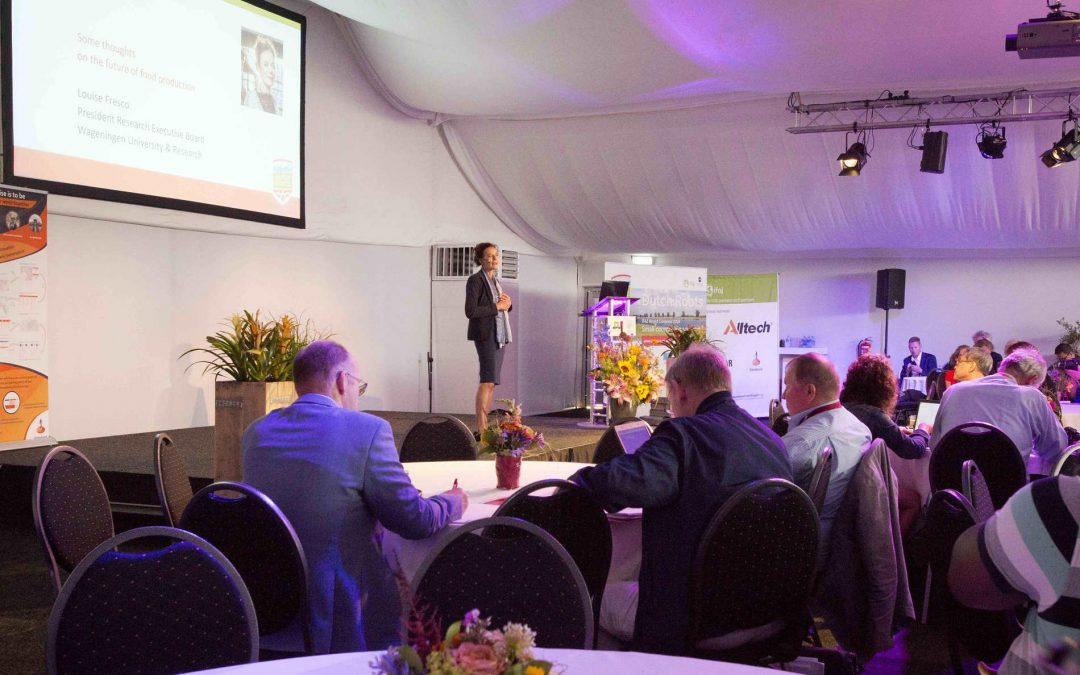This is evident at IFAJ’s international agricultural journalist conference, which is being organized this year by the Dutch Association of Agricultural Journalists in Wageningen.
Louise Fresco, chairman of the board of Wageningen University says that agriculture is on the verge of a major change, now that more and more people need to be fed with fewer raw materials and fewer negative effects. Innovations offer many opportunities here. In order to reduce the burden on agriculture on the climate, she mainly thinks that food waste must be prevented. This approach to food waste is endorsed by chairman Wiebe Draijer of Rabobank. He says that Dutch agriculture as a second exporter has a lot to offer worldwide. At the same time, he points out to the more than 200 journalists from 40 countries that the Dutch agricultural system is not sacred. He mentions, among other things, the social pressure on agriculture and the worrisome income position of many farmers.
Meiny Prins of horticulture and climate technology company Priva says that the problems surrounding sustainable food production are not the technology. “The technology is available”, she says. “But it is the people who have to make the change and it is the people who do not want to make the change yet.” She notices that in the development of large cities in China, for example, a great deal of attention is being paid to food supply in the immediate vicinity of the city, or also in the city.
According to Martijn Boelens of Lely, robotisation is the solution for labor problems in livestock farming. New techniques should make it easier for dairy farmers and they should also keep the trade attractive for future farmers.
Chairman Pieter van Geel of the Climate Table for Agriculture thinks that farmers should not see climate measures as an extra task. The climate measures must act as a catalyst for innovations in agriculture, he says.
Fresco: agriculture must produce more than just food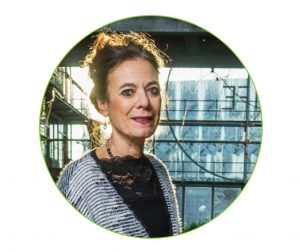
Agriculture must do more than just produce food. That’s what Louise Fresco, chairman of the board of Wageningen UR, says at the international conference for agricultural journalists ‘Dutch Roots’ in Wageningen.
Agriculture is on the eve of a huge change, says Fresco. She refers to the growing demand for food worldwide due to the growth of the world population in Asia and Africa in particular, and urbanization in these areas, as a result of which there are fewer and fewer farmers producing the food. In addition, agriculture must make a positive – instead of a negative – contribution to the climate and biodiversity.
One of the important areas of attention in this is combating food waste, says Fresco. Worldwide, 30% of food is wasted, which corresponds to 12% of CO2 emissions. According to Fresco, that can easily be halved. In addition, more use should be made of residual products as raw material, instead of being seen as waste. Fresco does not want to directly question the meat consumption. She points out that animals play an important role in the food chain because they can convert residual products or crops that people cannot digest into food for people.
In addition to food, according to Fresco, agriculture can play an important role in the production of alternatives for the petrochemical industry and for fossil fuels, but also for biomass for other purposes.
Fresco underlines the importance of safe, healthy, good, affordable and sustainably produced food. Of the world’s population of 7 billion people, 2 billion is undernourished and 1.5 billion people are overweight.
In order to be able to feed the world well without negative effects, modern techniques are available, although the social acceptance of some chemical or genetic techniques is sometimes difficult, according to Fresco. She says that the availability of techniques is also important for motivating young people to become farmers. “They must be able to use the techniques they need and be proud of their role as food producer.”
The chairman of the Wageningen UR also addressed the agricultural journalists on their role in the transition from agriculture to a more sustainable system. Fresco made the comparison that agriculture is not only laying stones or building a wall, but that is being built on a cathedral; it is a long-term project that involves working together on a large project. According to Fresco, agricultural journalists can also play an important role in building the cathedral by not only focusing on things that go wrong, but by highlighting that agriculture is constantly evolving to build the cathedral.
Draijer: food is the pivot of sustainability goals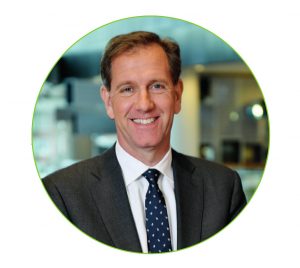
Food is at the heart of the sustainability goals, says Wiebe Draijer, CEO of Rabobank. The challenge is how the world can be fed with fewer raw materials, a more sustainable production, a healthier diet and less food waste, Draijer says. Every minute, 2.5 million kilos of food is wasted worldwide, while 171 new mouths need to be fed.
Rabobank wants to contribute not only through financing to sustainability, but also through knowledge networks worldwide. Draijer says that Dutch agriculture and horticulture can make an important contribution to the sustainability of world food production. “We are only a very small country and are the second largest exporter in the agricultural sector worldwide”, he says. Due to lack of space and strong competition, for example, horticulture has become very efficient. “For the production of 1 kilo of tomatoes, an average of 100 liters of water is needed in the world. Dutch horticulture needs 4 liters of water per kilo of tomatoes, “Draijer says as an example.
In the international company of 200 agricultural journalists from over forty countries, he makes a comment on Dutch agriculture. “The Netherlands is not really the holy land for agriculture. We also have our specific problems. “He refers to critical public opinion about agriculture, the fact that in the Netherlands 39% of farmers are at or below the poverty line and the problems with the environment and biodiversity. “And if the WTO collapses, this is a big problem for the Netherlands,” he says.
The desire to make agriculture more sustainable is no reason for Rabobank not to finance in sectors that are seen as less sustainable. Draijer explains that the bank wants to finance in, for example, palm oil production, but then tries to make production more sustainable. “When it comes to food production, we want to help get out of an unsustainable situation as quickly as possible.”
Meiny Prins: problems are not the technology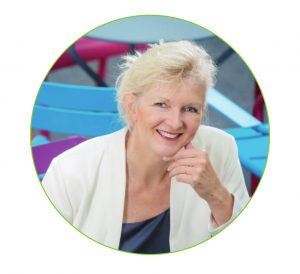
Meiny Prins of horticulture and climate technology company Priva says that the problems surrounding sustainable food production are not the technology. The technology is available. But it is the people who have to make the change and it is the people who do not want to make the change yet, “she says. She thinks that the problems mainly arise from the choices that are made. “If we only eat vegetable food, we can feed 40 billion people. So there is no problem, “she says. Prins is critical of European agricultural policy, which, according to her, leads to dumping of cheap food in Africa, so that local African farmers do not stand a chance. According to her, they are the choices in policy that have led to the current situation.
Through the global urbanization, Prins expects the cities to become leading. The food supply is not forgotten. In various cities in China, for example, real estate entrepreneurs can only build if they also invest in the ‘green belt’ around the city, where the food is produced for the city. According to Prins, the ‘Westland’ is the example of urban agriculture in the metropolis of the Netherlands. “Integrating food production in the city is the best way to make food production circular,” says Prins.
Martijn Boelens: robotisation is the future for dairy farming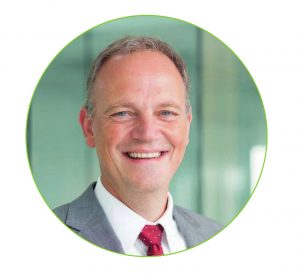
According to Martijn Boelens of Lely Industries, robotisation is the future for dairy farming. Robotisation solves the labor problem, as more and more people move into the city and fewer and fewer people are interested in handicrafts in dairy farming. By using the robots when milking, feeding and keeping the house clean, the dairy farmer can spend more time on cows that need attention. “He can leave the rest of the animals alone. Cows perform best when they are left alone and can determine their own rhythm”, says Boelens. Freedom of the cow is central to Lely’s vision for the future. He notes that it is more interesting for dairy farmers to become dairy farmers.
In addition to the milking, feeding and manure robot, Lely is working on a system for better control and management of fertilizers and with the reduction of ammonia emission, to keep as many minerals as possible on the farm in order to close the cycle. In addition, Lely is working on a milking system so that the milk can be processed at company level into a product that is ready for the consumer. The system is now being tested in practice and must become economically feasible for a dairy farm of about 100 cows.
Pieter van Geel: climate goals must become catalysts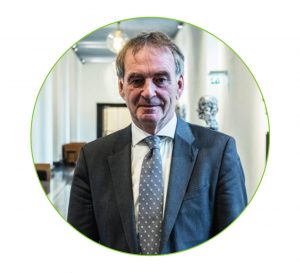
Farmers should not see the climate goals as an extra goal in itself, but it should act as a catalyst for innovations in the sector. That is what chairman Pieter van Geel from the Climate Table for Agriculture says. He gives an insight into the Dutch approach to climate tasking from the Paris climate agreement. With the Climate Table for Agriculture, he has searched with the parties involved to achieve a CO2 reduction of 3.4 Mton in 2030 in the most cost-effective manner. “A prerequisite for the proposals is that they should not have a negative effect on other goals such as biodiversity. and the income of the farmer”, says Van Geel.
This week the outline agreement was presented. Van Geel says that agriculture can achieve the targets for 2030 without fundamental changes in agriculture. He does however express his concern about the effect of the proposed short-term measures on the target of 95% CO2 reduction by 2050. “The planned measures must not prevent measures for the long term,” says Van Geel. He adds that reduction of livestock may be the result of measures, but that it is not an end in itself.
The proposals for the climate agreement are now being assessed by the planning agencies. This also looks at the effects of Dutch measures at European level. For example, it must be checked whether fewer animals in the Netherlands will lead to more animals in another country and whether the proposed measures are still wise to achieve the climate goals.
